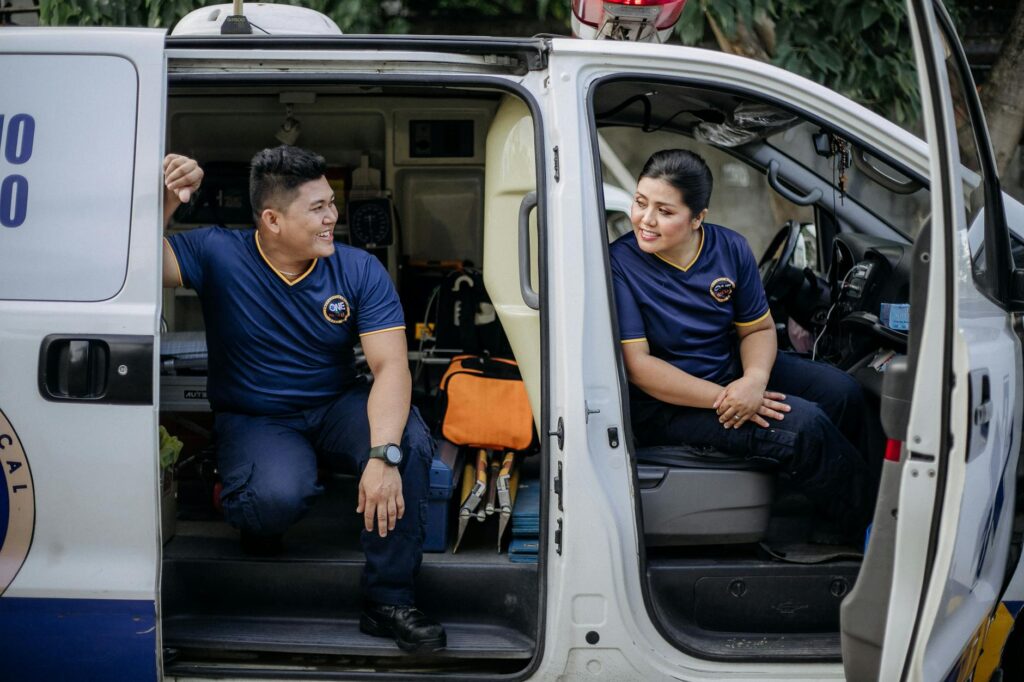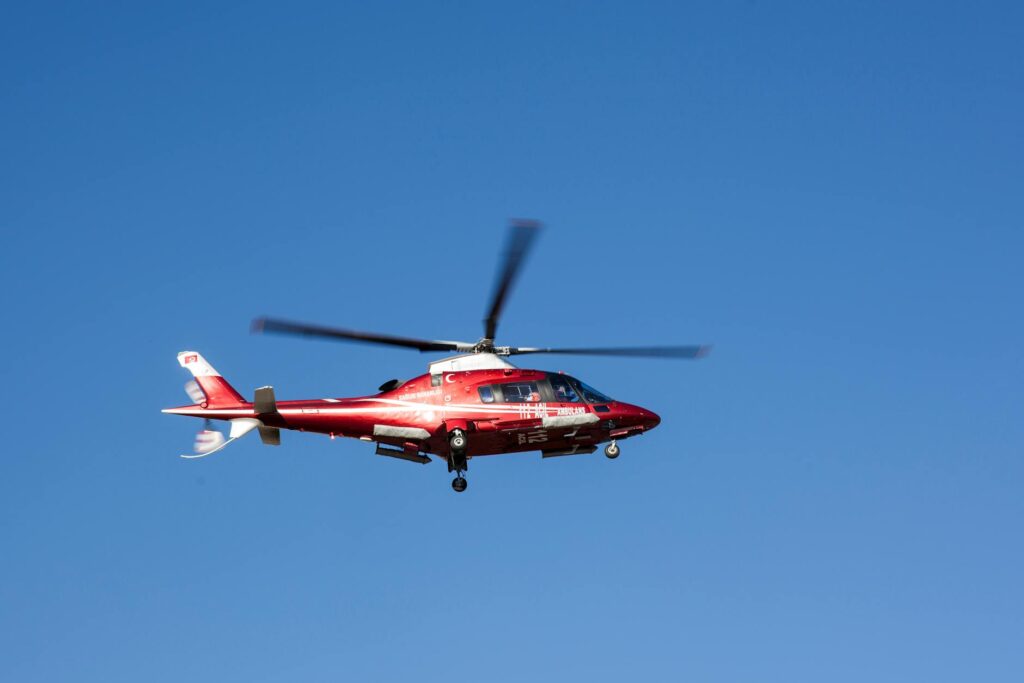Emergency medical services are critical to a functioning society, and at the heart of it lies the ambulance. These vehicles are more than just transportation; they are mobile intensive care units, bringing immediate medical attention to those in need. Let’s delve into the fascinating world of ambulances.
The History of the Ambulance
The concept of transporting the injured and sick has ancient roots, but the modern ambulance is a relatively recent invention. Early forms relied on carts and other rudimentary means.  The evolution has been remarkable, driven by advancements in medicine and technology. Learn more about the historical evolution of ambulances.
The evolution has been remarkable, driven by advancements in medicine and technology. Learn more about the historical evolution of ambulances.
Types of Ambulances
Ambulances aren’t all the same. There are various types, each designed for specific needs, from basic life support (BLS) to advanced life support (ALS) vehicles, and even specialized units like neonatal transport ambulances. Read more about the different types of ambulances.
Ambulance Equipment and Technology
Modern ambulances are equipped with a wide array of life-saving equipment. This includes defibrillators, cardiac monitors, ventilators, and a comprehensive selection of medications.  Technology continues to improve, with advancements in telemedicine integration and diagnostic tools becoming increasingly common.
Technology continues to improve, with advancements in telemedicine integration and diagnostic tools becoming increasingly common.
The Ambulance Crew
Highly trained paramedics and emergency medical technicians (EMTs) staff ambulances. Their skills and quick thinking are critical to stabilizing patients during transport. Their training is rigorous, demanding both theoretical and practical expertise. Find out more about the training required for ambulance crew members.
Emergency Response Protocols
Responding to emergencies is a complex process. Dispatchers follow specific protocols to send the appropriate ambulance and crew to the scene. Effective communication is crucial throughout the entire process, from initial call to hospital arrival.
Patient Assessment and Treatment
On-scene assessment is paramount. Paramedics rapidly evaluate patients’ conditions, providing immediate treatment while prioritizing safe transport to a suitable hospital.  This critical phase determines the patient’s outcome.
This critical phase determines the patient’s outcome.
Safe Transportation Techniques
Safe transportation is vital. Ambulance drivers use specialized driving techniques to navigate safely, even under challenging circumstances. Proper securing of the patient during transit is equally critical.
Hospital Handoff Procedures
Once at the hospital, there are specific procedures to transfer the patient’s care to the hospital staff. Clear communication and documentation of treatment provided are essential for continued care.
Maintaining Ambulances
Regular maintenance is essential for ambulance readiness. Vehicles must be meticulously maintained to ensure optimal function and reliability during emergencies. This includes regular checks on equipment and vehicle functionality.
The Future of Ambulances
The future of ambulances is likely to involve further technological advancements. Autonomous driving, improved telemedicine integration, and more sophisticated diagnostic capabilities are all on the horizon. Read industry predictions on future technologies.
Ambulance Safety Regulations
Strict regulations govern ambulance operations and safety. These are designed to protect both patients and crew members. Adherence to these regulations is critical for maintaining a high standard of care.
The Cost of Ambulance Services
Ambulance services can be expensive, and costs vary considerably by region and service provider. Understanding the cost structure can be helpful in planning for unexpected expenses. Check average ambulance service costs in your area.
Working in Emergency Medical Services
A career in emergency medical services is challenging and rewarding. It demands dedication, compassion, and a commitment to helping those in need. Learn more about careers in the emergency medical field.
Ambulance Sirens and Lights
The distinctive sounds and lights of ambulances play a crucial role in clearing a path through traffic. Understanding the significance of these signals is vital for other drivers.
Common Misconceptions about Ambulances
There are many misconceptions surrounding ambulances and their operations, ranging from response times to the capabilities of the crew. Accurate information helps manage expectations.
Ethical Considerations in Ambulance Care
Ethical dilemmas can arise in emergency situations. Paramedics are trained to make difficult decisions under pressure, always prioritizing patient welfare.
The Psychological Impact on Paramedics
Working in emergency medical services can take a psychological toll on paramedics. Support systems and stress management strategies are essential for maintaining their well-being. Find resources for paramedic mental health support.
Conclusion
Ambulances are a vital link in the chain of emergency medical care. Their role goes beyond simply transporting patients; they represent rapid response, life-saving interventions, and a commitment to providing the best possible care under pressure.
Frequently Asked Questions
What is the average response time for an ambulance? Response times vary greatly depending on location, traffic, and the availability of ambulances. Factors like the urgency of the situation also play a role.
How much does an ambulance ride cost? The cost of ambulance transportation varies depending on location, distance, and the level of care provided. It’s advisable to check with your insurance provider.
What should I do if I see an ambulance approaching? Immediately pull over to the side of the road and stop until the ambulance has passed. Allow ample space for the vehicle to proceed safely.
What kind of training do paramedics receive? Paramedics receive extensive training in advanced medical techniques, emergency medicine, and patient care. They undergo rigorous training programs and continuing education to stay up-to-date.
How can I become a paramedic? The path to becoming a paramedic involves completing a certified paramedic program, typically after completing some college coursework. There are various educational routes to this profession.


